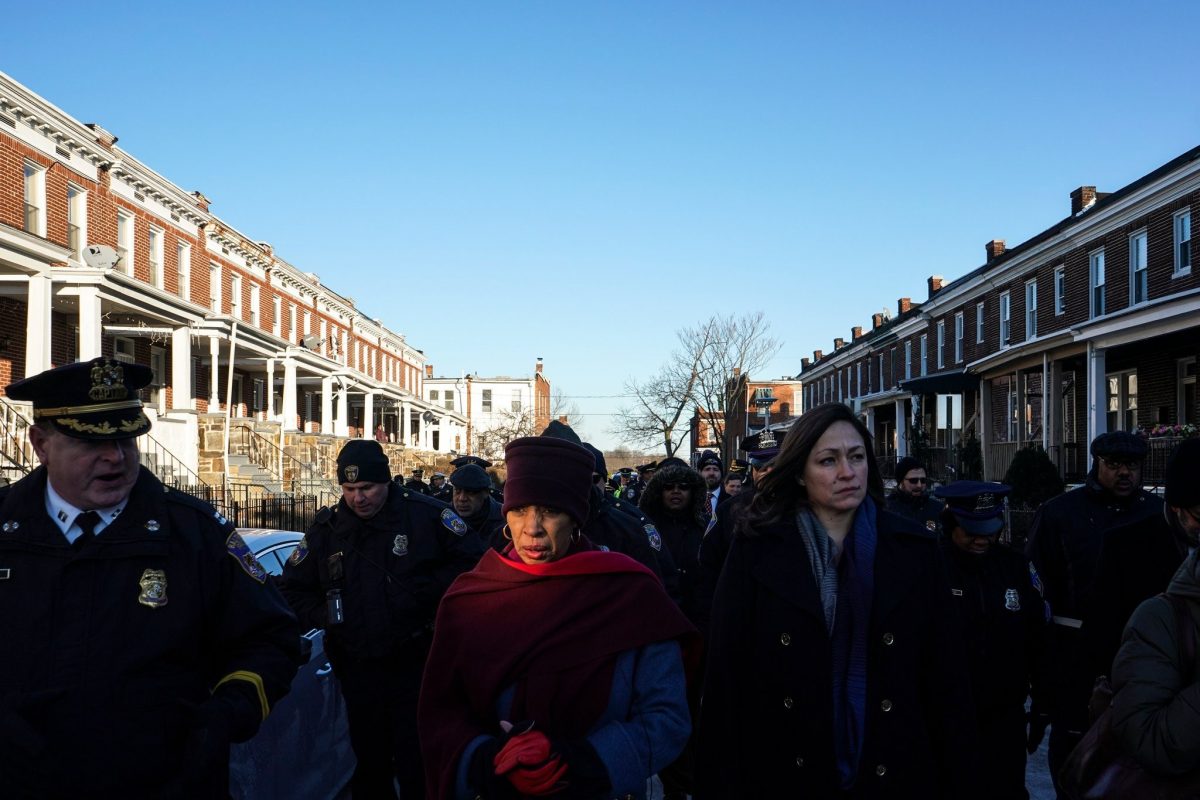
For those of us who are residents of, working in, or certainly covering the city of Baltimore, there is a dangerous notion of existing in a bubble. Of course, we are well-aware of the city’s exponential violence since the death of Freddie Gray in 2015, but a recent article in The New York Times Magazine that’s been making its rounds on social media forces us to take a step back, seeing the events of the past four years in succession—rather than one at a time.
Of course, little of ProPublica’s Alec MacGillis well-reported findings are exactly news to us. But what he’s done in his recent piece, entitled “The Tragedy of Baltimore,” is put things into clear context, both setting up the framework that led to the events of April 2015 and its devastation aftermath. No matter what you choose to call the Uprising (which, MacGillis points out, reveals “a lot about the politics of the person”), there is an undeniable fact: the events surrounding it have been exponentially more damaging than the thing itself.
This aftermath has been widely reported before in many local outlets, as we reflected one year out, took a close examination into how the Baltimore Police Department is trying to recruit and retain officers, and done consistent reporting on the Gun Trace Task Force. But MacGillis’ synopsis of the past four years chronicles this unraveling in one scrolling, long-form piece that details the city’s mayoral policy changes, string of police commissioners, and unimaginable corruption.
“It may come up as a surprise for some to see my name on an article that puts the city in such a stark light, given what a notorious booster I’ve been for Baltimore,” MacGillis wrote in a statement. “But I love the city, and I believe that its recovery—which I still think is possible—will require honesty and accountability. The city deserves better than it’s had.”
The story certainly doesn’t wrap up these deep-seated, systemic issues in one neat package or solution, but instead pits two perspectives against each other through the lens of distinct characters. On the one end is Tony Barksdale, former deputy police commissioner in Baltimore, who advocates for tougher police tactics and argues that the consent decree has left officers powerless. Then there is Shantay Guy, whose stepson Da’mon was wounded in a shooting in October, and believes policing in Baltimore is broken and the solutions lie in responding to community needs first.
While there is no definitive right or wrong answer, the perspectives of both Barksdale and Guy reflect conversations being had all over the city, both inside and outside government headquarters. This most recent piece, and the continued dialogue that it will inspire, does implore an important message to its readers, one that is echoed by Erricka Bridgeford in a recent Baltimore Ceasefire slogan: “Don’t be numb.”
